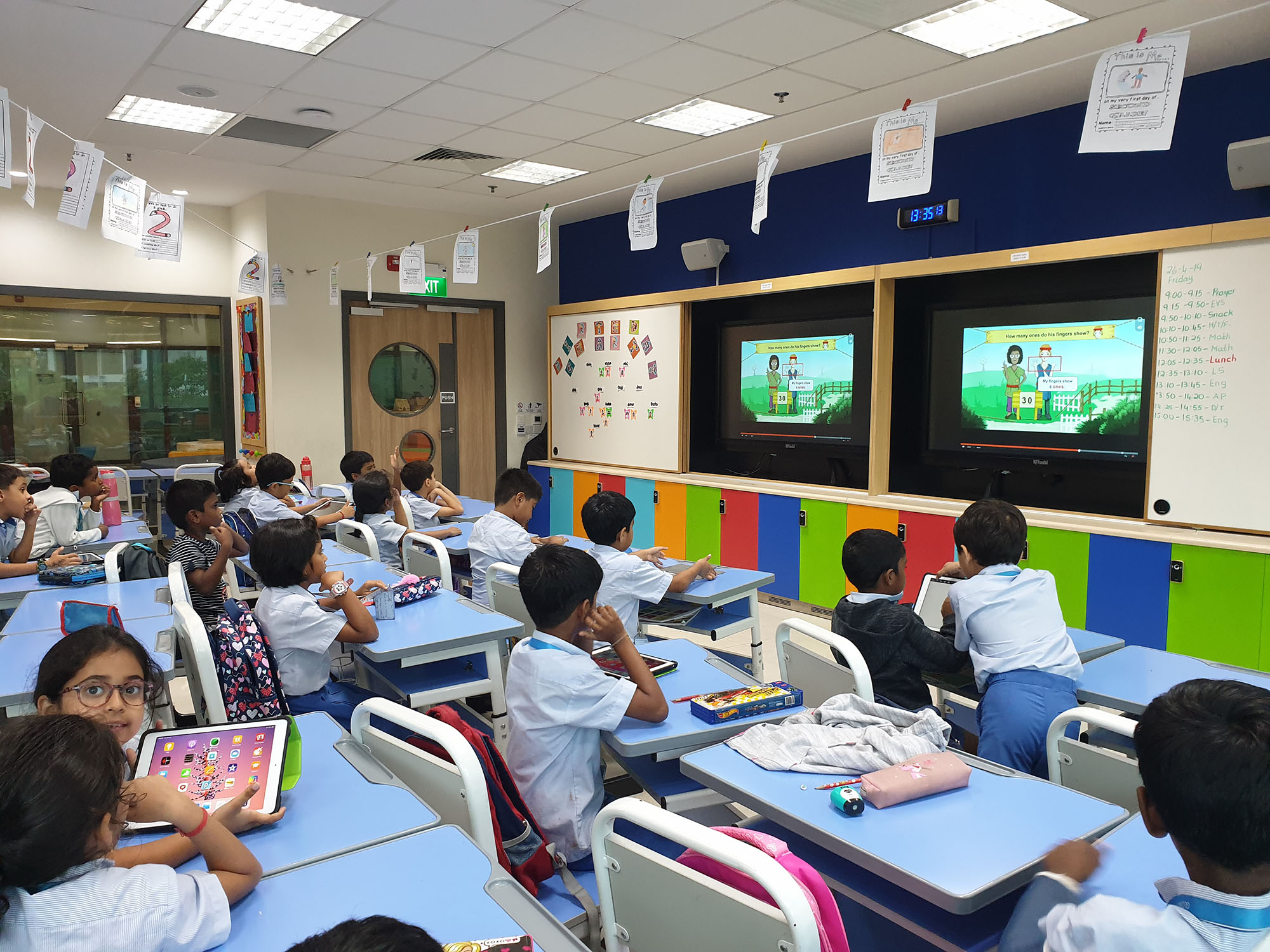Global Schools Foundation (GSF) is a not-for-profit global education organization. It has 35 campuses across nine countries in Asia and the Middle East, offering classes to more than 28,000 primary and secondary students.
GSF aims to make education fun, interactive, and relevant for the students of the 21st century, and prepare them to become global citizens of the future.
What makes GSF unique is its emphasis on two selling points: holistic education framework and edtech infrastructure.
Called 9GEMS, the framework covers nine areas of excellence, such as academics, sports, arts, ethics and community, and aims to nurture students to become well-rounded individuals. The framework is further customized to suit the local curriculum at each international campus to provide a comprehensive learning experience for students.
Investing in edtech infrastructure
The school is also a leader in edtech and has invested in technology infrastructure to ensure that courses are delivered seamlessly, interactively, and collaboratively across boundaries.
“Even though higher learning institutes already had some success with MOOCs (massive open online courses), K12 education (primary to secondary education) was still largely restricted to the brick-and-mortar style of teaching,” explained Mr Arjun Temurnikar, Director, Learning Technologies, Global Schools Foundation.
“We foresaw the rise of virtual and hybrid learning long before the COVID-19 pandemic. That’s why we already had the software and hardware infrastructure ready when we were forced to go virtual in 2020 due to the pandemic.”
For instance, GSF installed hardware such as Logitech interactive whiteboards to enhance classroom learning. GSF had also been using Zoom to connect its network of international schools long before the pandemic forced the world into lockdowns.
“We had been using Zoom to run the Student and Teacher Exchange Programme. Each month, our students would share information on pre-determined topics, which are evaluated by the teachers. Since we have campuses around half the world, the programme helped students gain access to knowledge across geographical borders,” said Temurnikar.
A better way to teach and learn
When the pandemic struck, GSF was able to transit seamlessly to virtual classes, as its teachers and students were already familiar with the Zoom platform.
“Zoom is pre-installed on all our faculty and managed student devices such as Macbooks and iPads. Our IT support team was also on hand for the first few weeks, jumping in and out of virtual classrooms, to monitor and troubleshoot any teething problems,” recalled Temurnikar.
“Since many parents were also working from home at that time and were using Zoom for work, they were able to help their children with joining classes and troubleshooting common issues, too,” he added.
Unlike most schools, which relied on Zoom Meetings to conduct virtual classes, GSF found the combination of Zoom Meetings and Zoom Webinars to be the most effective for online teaching.
“Teachers sometimes struggled to mute noisy students and police abusive chats during online classes conducted on Zoom Meetings. This led to a significant loss in the quality of teaching,” pointed out Temurnikar.
“Zoom Webinars alleviated these concerns by providing a safer and more secure teaching environment. When teachers needed to give students more freedom to express themselves, they could always hop into a Zoom Meeting to conduct group discussions or breakout sessions for their students.”
The pandemic also led GSF to explore the use of Zoom in new and innovative ways.
“During the lockdowns, we used Zoom for everything from virtual events to parent engagement. We even had singing, dancing, cooking, and quiz activities on Zoom, which were engaging and well-received,” shared Temurnikar.
Charting the course for the future
As GSF’s technology and software development team continues to work on the next evolution of its hybrid learning programmes, Zoom looks set to be an integral part of GSF’s journey ahead.
“Many of our schools are in developing countries where internet connectivity is still a premium. Zoom is the only video conferencing solution that consistently performed well in the real-world testing that we conducted. Zoom is also easy to use, available on app platforms, and has great features for large enterprises like ours,” said Temurnikar.
He shared that Zoom Phone and Events, and integrations like Zoom SDK and API, are among the new Zoom products that GSF is exploring.


